Rodale Institute Medicinal Gardens
Welcome to our Medicinal Demonstration Garden, founded in 2015 and sponsored by our friends at Boiron.

The plants in this garden provide a beautiful backdrop at our farm – for weddings hosted in our pavilion and as a place to rest to enjoy the beauty of mother nature. These plant varieties have also been used for centuries to help heal and prevent illness, and many may be used in homeopathic preparations such as tinctures and teas.
Please read below for more information about the plants that may appear here at various times throughout the season.
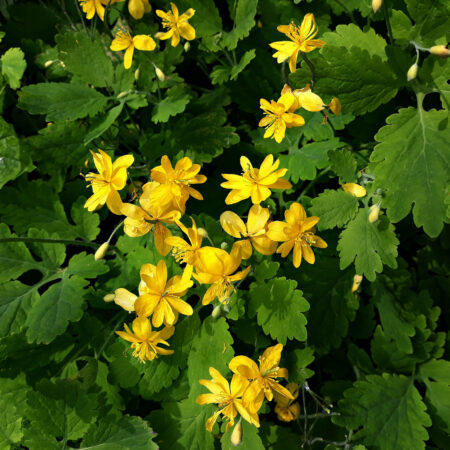
Greater celandine
Chelidonium majus
This plant comes from the Ancient Greek word meaning “swallow” for it bloomed when the swallows returned and faded when they migrated away.
Herbal Use: The yellow latex of the freshly cut plant has been used to treat warts and moles. Chelidonium is also a mild analgesic and sedative (the plant belongs to the same family as poppies). In ancient times, it was used to detoxify the body, promote the secretion of bile, and also as a purgative.
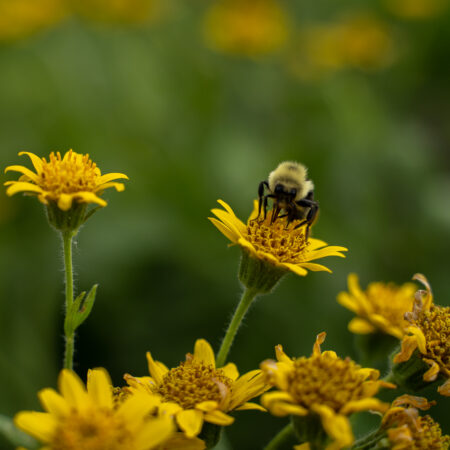
Leopards bane
Arnica montana
Arnica montana is a plant that grows at high altitudes in central Europe. Note that our medicinal garden displays Arnica chamissonis, which grows in the U.S. and Mexico at a lower altitutde and is much easier to cultivate. However, Arnica chamissonis contains fewer active compounds than Arnica montana.
Herbal use: The Arnica herb has been used for centuries to treat various conditions. It has also been used as an aphrodisiac However, its most popular use is to relieve pain, swelling, and bruising.
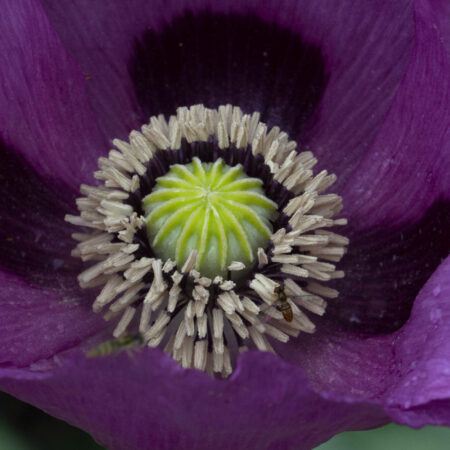
Windflower
Pulsatilla vulgaris
When the Pulsatilla plant bears seeds, they dangle and sway in the wind, hence the name, which comes from the Latin word “pulsate”, meaning swaying or throbbing.
Herbal Use: Pulsatilla is highly toxic. Nevertheless, it was used to treat premenstrual syndrome and epididymitis. Native Americans used it to induce childbirth.
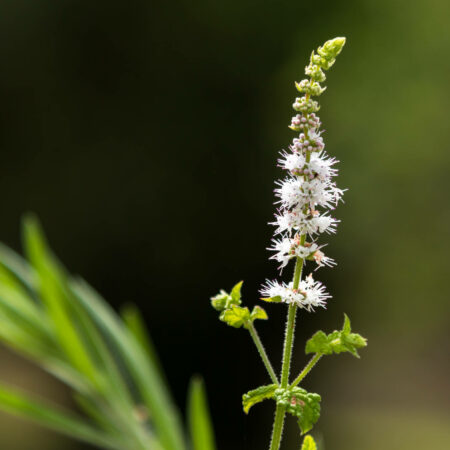
Black cohosh
Cimicifuga racemose
This herbacious perennial flower contains estrogen-like compounds.
Herbal use: Indigenous people and early settlers used the plant’s roots and rhizomes to relieve a variety of conditions including rattlesnake bits. Today it’s comonly used to relieve symptoms of menopause.
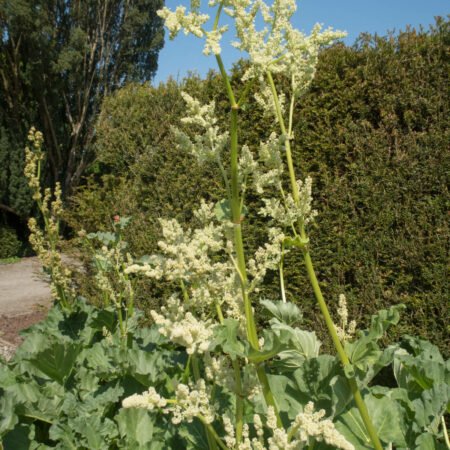
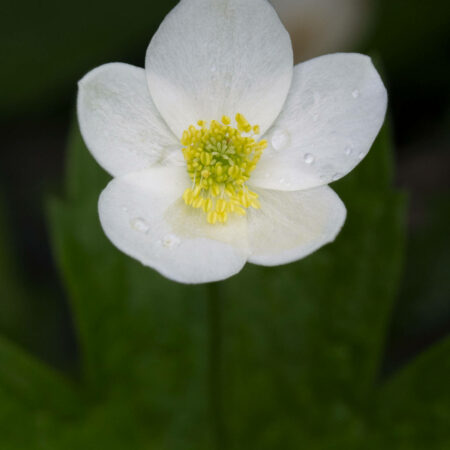
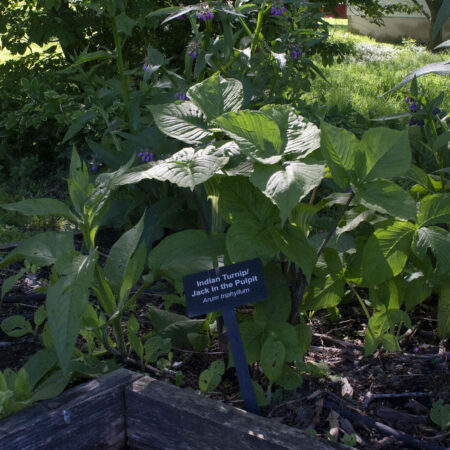
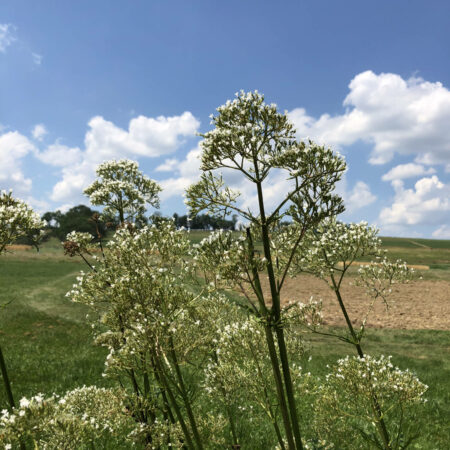
Valerian
Valerian officinalis
Valerian’s name may have been derived from the Latin word “valere”, meaning to be healthy, or from the Roman author Valerius, who described its properties.
Herbal use: Valerian has been used since Greek times for it’s sedateive, anti-anxiety properties. It is generally regarded as safe and can be found in supplements as a stress and sleep aid.

Boneset
Eupatorium perfoliatum
Boneset is named after Mithridates Eupator of Pontus, a famous herbalist king who absorbed small doses of various poisons every day to avoid being poisoned.
Herbal use: Boneset was used by indigenous cultures and early settlers to relieve fever and colds, but also dengue, othewise known as “breakbone fever” from the very painful aches it causes.

Calendula
Calendula officinalis
Calendula has been cultimated since antiquity, and it is difficult to know it’s exact origins. It has been used as a dye for fabric and cosmetics.
Herbal use: As an herb, calendula is used for its wound-healing properties, not only on skin but also on canker sores and gingivitis.


Chamomile
Chamomilia recutia
Chamomile has been used for centuries and is available in many varieties. German chamomile is the most common and the one used in homeopathic medicines.
Herbal use: Herbal chamomile is used inmany forms, ointments and salves for hermorrhoids and wounds, compresses for skin rashes, and vapors to relieve colds and asthma symptoms. Chamomile also has blood-thinning, anti-inflammatory, antispasmodic, and antidiarrheal properties. It also has a sedative and calming affect.

Comfrey
Symphytum officinale
Symphytum officinale, known as comfrey or knitbone, is a common perennial herb with beautiful bell-shaped flowers. Its Latin name means “to unite” referencing its use by ancient Greeks and Romans to heal bone injuries.
Herbal use: Traditionally, comfrey was used in salves and poultices to relieve pain from fracturs, broken bones, and other wounds. The roots and leaves were also steeped into tea for treating stomach ailments, gout, and other conditions. As an herb, comfrey is not used anymore because of its liver toxicity.


Lavender
Lavadula
Lavender’s name is thought to come from the Latin word “lavare”, meaning to wash. It is the ancient “nard” flower mentioned in “The Arabian Nights” and the Song of Solomon.
Herbal use: Lavender oil is used in aromatherapy for it’s anxiolytic and sedative properties. Like all essential oils, it must be used sparingly and for short intervals.

Lemon balm
Melissa officinalis
The word “Melissa” means “bee” in Greek because it attracts bees and other pollinators. It was planted around beehives to encourage bees to return.
Herbal use: Lemon balm was considered a “cure-all” herb and has been used since ancient ties. The plant has sedative and calming effects and has been shown to improve cognitive function. It is a powerful antioxidant and reduces the effects of exposure to low levels of radiation. It also relieves hyperthyroidism.


Parsley
Petroselinum crispum
Parsley is derived from the Greek word meaning rock celery. Ancient Romans used it to prevent intoxication.
Herbal Use: Parsley contains antioxidants, folic acide, and vitamins C, A and K. Pregnant women should avoid consuming large amounts of parsley because it may increase uterine contractions. It is safe in normal quantities. In homeopathic medicine it is used to help relieve whooping cough and the characteristic whooping sound that persists long after the cough has stopped. Whooping cough is a serious medical condition that requires diagnosis and treatment by a doctor.

Passionflower
Passiflora incarnata
Passionflower’s name is a reference to the passion of Jesus. When Spanish missionaries discovered it in South America, they associated various parts of the flower to the crucifixion.
Herbal use: The dried, ground herb is used as a sedative and for relief of anxiety and sleeplessness. Indigenous cultures use it for many different indications from diarrhea to boils.

Peppermint
Mentha x piperita
Metha x piperita is a hybrid of watermint and spearmint.
Herbal use: Peppermint contains menthol and is used as an antispasmodic to relieve colds. It’s also used externally to relieve pain because of the cooling action of menthol. In homeopathic medicine, mentha piperita helps relieve laryngitis with a dry cough, aggravated by breathing cold air.

Rosemary
Rosemarinus officinalis
The name rosemary comes from the Latin Rosmarinus, meaning “dew of the sea.” It was said that the goddess Venus was draped in rosemary when she emerged from the sea. The plant is also sometimes called anthos from the ancient Greek word meaning “flower.”
Herbal use: Rosemary was used to improve memory, stimulate hair growth, relieve muscle pain, and treat many other disorders. It is used today as an antioxidant and to relieve indigestion.

Rue
Ruta graveloens
Rue has a bad odor (gravelolens means “heavy odor” in Latin). If the leaves come in contact with the skin that is exposed to the sun, it can cause blisters. It is used as an insect, snake and cat repellant.
Herbal use: Rue stimulates menstruation and has been used to trigger abortions. Its extracts are toxic for the liver.

Sage
Salvia officinale
Sage was named Salvia salvatrix (sage the savior) by the Romans who used it for many purposes. The French say “Sage in the garden, no need for a doctor.”
Herbal use: Sage has been show to improve memory, attention, alertness and mood. It also has been shown to improve cognitive and behavioral functions in Alzheimer disease.

Spearmint
Mentha spicata
Spearmint is used to flavor teas, confections, and gum. It’s sweet and delicate taste lends itself for use in savory dishes like Lebanese tabbouleh and Vietnamese spring rolls.
Herbal use: Spearmint doesn’t contain menthol. It is used to relieve stomachaches and nausea due to its antispasmodic action on the digestive tract. It has been used to relieve bronchitis, coughs and fatigue.


Thyme
Thymus vulgaris
Thyme’s name derives from the Greek word meaning “to fumigate.” Egyptions used it for embalming, recongizing its powerful antiseptic properties.
Herbal use: Thyme’s essential oil is a powerful antiseptic found in many mouthwash fromulas. It was used to medicte bandages. Thyme tea is used to relieve coughs and bronchitis.
